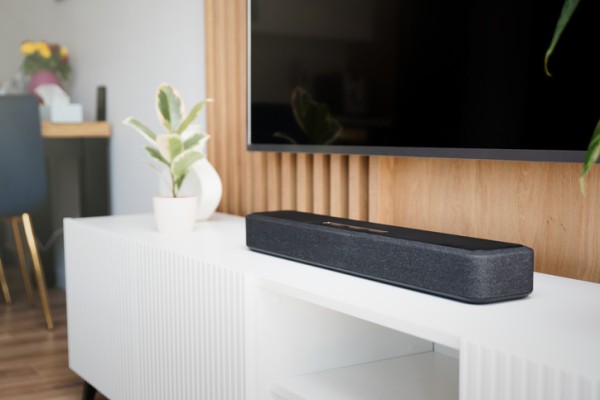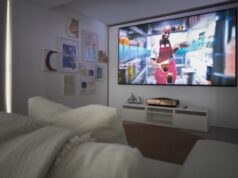
Great sound can elevate an ordinary space into a fully immersive experience—whether you’re watching a movie, hosting a party or just streaming a playlist while cooking dinner. Home audio is no longer just about hi-fi systems and chunky speakers. It’s about how sound integrates seamlessly into your home to enhance comfort, lifestyle and entertainment.
From full-blown surround sound setups to discreet multi-room speaker systems, here’s what you need to know when planning a home audio system that suits your space and budget.
Why home audio matters
Home audio isn’t just about loud sound—it’s about clear, consistent, high-quality audio wherever you are in your home. Whether you’re building a dedicated home theatre or want music in every room, your system should match the way you live.
With modern wireless and smart technology, you can now control sound from your phone, integrate it into your home automation system or even use voice commands.
Types of home audio systems
There are three main categories of home audio systems, and many homes use a mix of these.
1. Two-channel hi-fi systems
Ideal for music lovers who want to enjoy stereo playback at its purest.
- Typically includes two high-quality speakers and an amplifier or receiver
- Perfect for living rooms, studies or entertainment spaces
- Often used for vinyl, CDs or lossless digital audio
2. Surround sound systems
Designed to replicate the cinema experience at home, these are most commonly found in home theatres.
- Uses 5.1, 7.1 or Dolby Atmos speaker arrangements
- Includes front, rear, centre and subwoofer speakers
- Requires thoughtful layout and possibly soundproofing and acoustic treatments
Surround systems can be wired or wireless, depending on the brand and budget.
3. Multi-room audio systems
Want to play one song throughout the house—or a different song in each room? Multi-room systems make it happen.
- Controlled via apps like Sonos, Apple Home, Google Home or Alexa
- Can include in-ceiling, wall-mounted or standalone wireless speakers
- Perfect for open-plan homes or entertaining
You can even integrate these with lighting and automation systems for complete ambience control.
Wireless vs wired
Most modern systems now offer WiFi or Bluetooth connectivity, eliminating the need for extensive cabling. That said, hardwired options still offer the best quality and reliability—especially in home theatres or new builds where you can run speaker cables during construction.
If you’re renovating, wireless systems offer a simple way to upgrade without major structural work.
Home audio and automation
Home audio plays a key role in the broader smart home ecosystem. With a connected system, you can:
- Create zones so you can listen to music in one room and not another
- Schedule playlists or link music to lighting scenes
- Use voice assistants to control playback, volume and source
This works well when paired with home theatre PCs, streaming services or integrated control platforms.
Planning tips for renovators and new builds
If you’re designing a home from the ground up or doing major renovations, now’s the perfect time to plan for audio:
- Pre-wire speaker zones before walls go up
- Add extra insulation for noise isolation
- Ensure power and data points are available where speakers or control hubs will go
- Choose ceiling or wall speaker mounts for a discreet look
You can read more about installing plasterboard and insulation to accommodate in-wall speakers or acoustic panels.
The bottom line
Modern home audio is all about flexibility, quality and ease of use. Whether you’re streaming music, watching a film or hosting guests, the right audio setup will enhance every moment. And with so many options now available—from entry-level wireless systems to cinema-grade installations—you can build a system that suits your needs, your space and your style.
If you’re starting from scratch, explore our other articles on soundproofing and home theatre design to help complete the experience.





